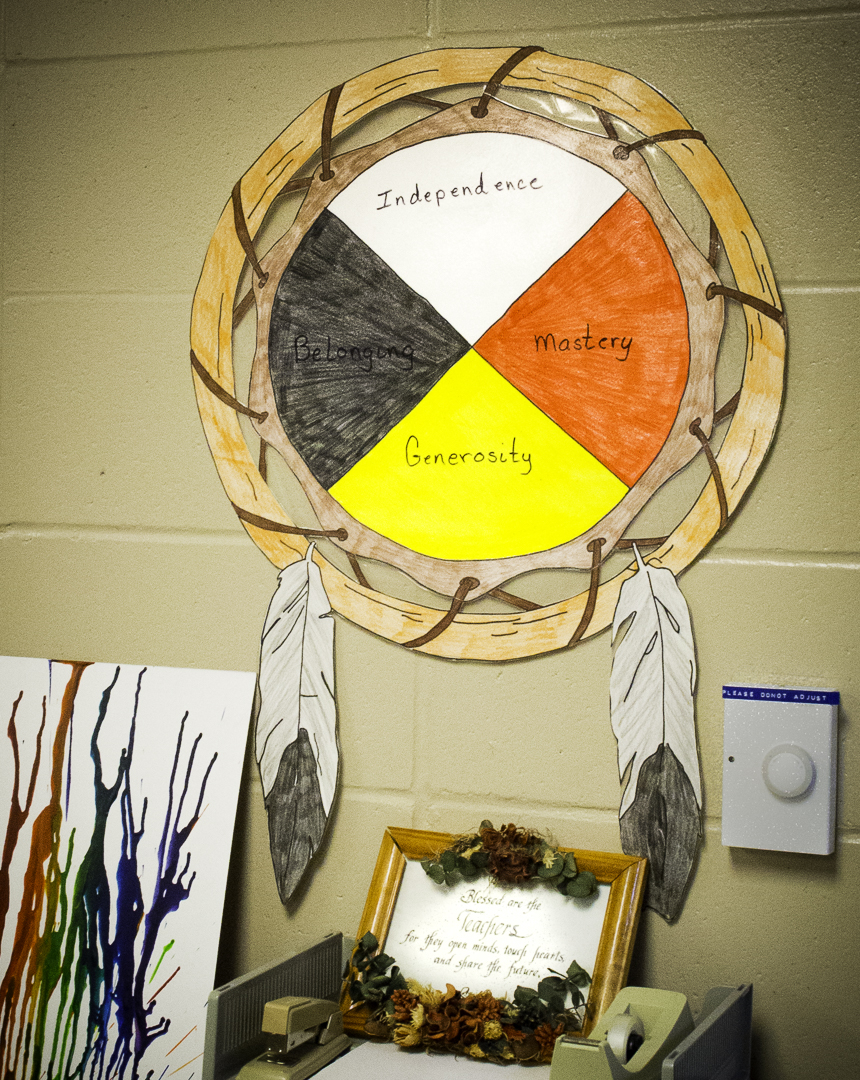Mission
This resource is meant to help heal racism by building bridges of understanding between non-Native and Native American youth. It began in 2014, when a radio host asked if my Native Celebrations photographs might be contributing to popular stereotypes. I suddenly saw that wasn’t the whole picture. To learn more about what everyday life is like for Native people on reservations, I listened as Native families in South Dakota and Montana shared difficult stories.
I realized that for most American children, what their Native American peers do every day on reservations is a mystery. What’s similar and what’s different between these two worlds? These questions led me to share what I had learned by creating a teacher’s resource with a positive message for youth.
When non-Native students learn about their Native peers, they begin to see we are all more alike than different. Playing sports, doing homework, spending time with their family or celebrating their heritage, American Indian youth are both American and Indian.
I began this work when I went to Montana in the summer of 2005 for photography career training. A successful business person for many years, I’d started to feel something was missing. Walking across the powwow grounds at the Arlee Celebration on the Flathead Reservation in Montana, I heard the drum’s heartbeat. Visiting with Bitterroot Salish and other Indian people, I felt connected to their traditional values, not unlike those of my own family and heritage. This began a new journey for me, nurtured by growing connections in Native American communities.
The heart of this work is creating relationships with Native people, listening to their stories and working collaboratively with them. I encourage non-Native teachers and students to create their own connections with American Indian people. Meeting Native youth and families at powwows is one good way to do this.
It’s wonderful to be working again with Victor Charlo, a good friend and Salish Indian poet who writes poems about his life on and off the Flathead Reservation. I’m also honored to work with those American Indian families who have welcomed me into their homes. Cass Fey, the educational consultant who wrote the text for this resource, and I know it’s a big responsibility to teach about people from another culture. We’ve also had help from Native educators who provided feedback to make this resource culturally sensitive. We hope you will find it useful in building new bridges for our youth.

